Mount Everest Base Camp – The Northern Base Camp on the World’s Highest Mountain
Lying in the far west of Tibet, on the border with Nepal, Mount Everest is the most famous mountain in the world. Known around the globe as the world’s highest mountain, Mount Everest has been a challenge for climbers for almost 100 years and is still the pinnacle of mountaineering achievements around the world. More people make the attempt to scale the intimidating slopes of Mount Everest than any other mountain in the world.
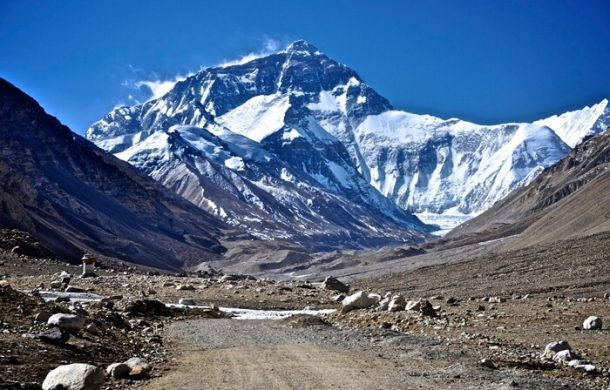
Mount Everest has two base camps, depending on which side of the mountain climbers are going to tackle, and while the Southern Base Camp in Nepal is one of the most popular trekking destinations in that country, the Northern Base Camp is the oldest and has the longest and most varied history.
Table of Contents
EBC Tibet History
Lying just eight kilometers from the famous Rongbuk Monastery, listed as the highest monastery in the world at 4,980 meters above sea level, Everest Base Camp (EBC) lies at an altitude of 5,200 meters, just a little lower than the Southern Base Camp in Nepal, at 5,364 meters. The base camp was first constructed in 1921 by mountaineer, George Mallory, who was leading a reconnaissance expedition to the mountain to try and discover a route to the summit from Tibet. At the time, Nepal was still a closed country to foreign visitors, and the only way to reach the mountain was through Tibet. Just three years later, Mallory was killed trying to reach the summit in what is still believed to be one of the mountain’s greatest mysteries.
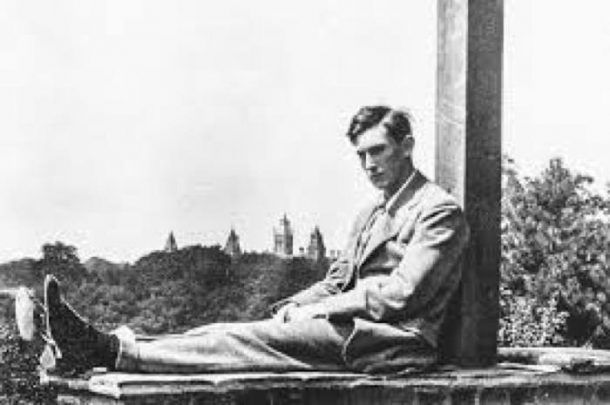
For another 26 years, Tibet was the only way to get to the mountain, and the base camp saw dozens of famous climbers pass through it, including Colonel Felix Norton, who was the first person to reach higher than 8,000 meters on the mountain, Andrew Irvine, the other climber who died with Mallory and whose body has never been found, and Brigadier-General The Honourable Charles Granville Bruce, who led two expeditions to attempt to reach the summit and was awarded an honor in the first Winter Olympics in France for his dedication to mountaineering.
In 1950, during the cultural revolution in China, access to Tibet for the mountaineers became impossible, and the region was closed for several years. Nepal agreed to open its borders to the climbers, and in autumn of that year, Bill Tillman lead an expedition to establish the route to the Southern Base Camp, north of Lukla. This route isstill used today by trekkers from around the world.
Rongbuk Monastery and EBC
Lying around 8km to the northof the base camp, Rongbuk Monastery las long been associated with the mountaineering expeditions and the base camp itself. During the early years of climbing attempts on the norther slopes of Everest, many of the mountaineers that would pass through would stop and even stay at the monastery for brief periods, as they prepared themselves for the climb to the summit.
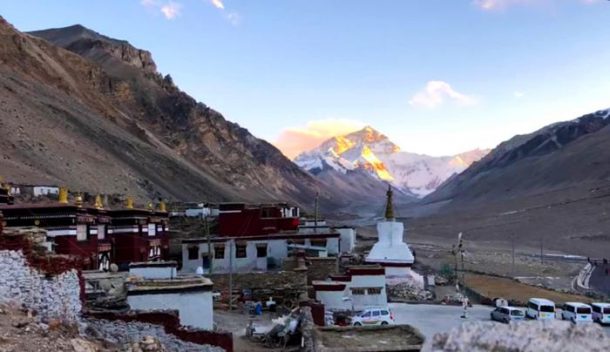
Rongbuk Monastery near Everest Base Camp
A major pilgrimage site for the Sherpas that live in the Khumbu District of Nepal, high in the Himalayas, the monastery was built in 1902 as a monastery of the Nyingmapa School of Tibetan Buddhism. Its first abbot, Ngawang Tenzin Norbu, founded the monastery on the site of meditation caves that had been used by hermits since the 18thcentury. While the lama viewed the climbers that came through the monastery as heretics, he insisted on supplying them with tea and yak meat for their journey and gave every climber his blessing and protection, constantly praying for their conversion to Buddhism and true belief.
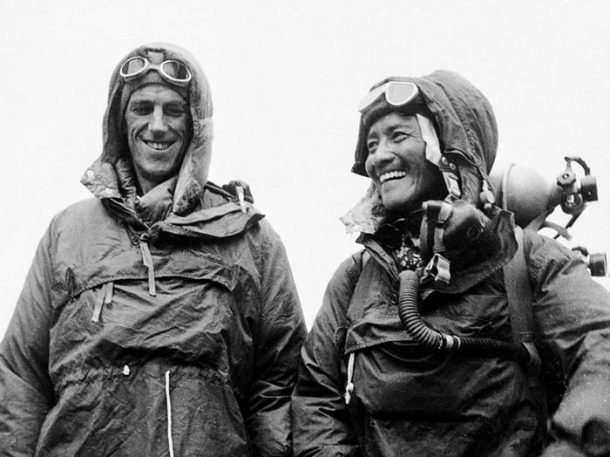
It was the same abbot, Ngawang Tenzin Norbu, who gave the name Tenzing Norgay, to the young child that was formerly known as Namgyal Wangdi. This young boy, born of Tibetan parents at Tse Chu in the Kama Valley, later ran away to live in Nepal, working for a Sherpa family, and became one of the pairs of climbers that made the first successful attempt to reach the summit of Mount Everest, known affectionately as “Sherpa Tenzing”. Ngawang Tenzin Norbu also founded the monastery at Tengboche in the Khumbu Pasang Lhamu rural municipality in Nepal, as a satellite monastery to Rongbuk. Lying at 3,867 meters, the monastery lies on the trail to the Southern Base Camp.
Permits for visiting the North Base Camp
These days, most climbing expeditions are done from the Southern Base Camp, though the Northern Base Camp does see its share of climbers in the mountaineering seasons in spring and autumn. Most of the people that visit the base camp now are tourists, traveling on tours through Tibet to get a glimpse of the world’s highest mountain at the most spectacular place to get a good view, EBC Tibet.
Traveling to the base camp can only be done in Tibet by an organized tour of the region, arranged by a registered tour operator. Travel to Mount Everest Base Camp also requires you to have several permits and passes that can only be obtained by the tour operator. Once you have booked your tour, we will make the applications on your behalf.
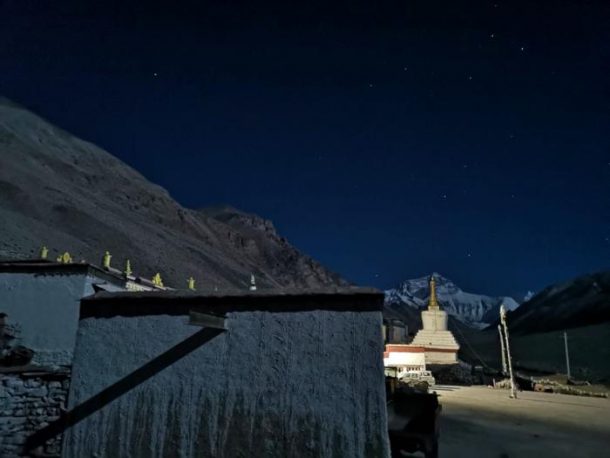
At Everest Base Camp, Tibet
The main permit is the Tibet Travel Permit, which is applied for using scanned copies of your passport and Chinese Entry Visa, and takes up to 20 days to process. You will also need to have the Alien’s Travel Permit, which is applied for once you arrive in Lhasa by your tour guide, using your passport and Tibet Travel Permit, and the Frontier Pass, which is also obtained by your guide in Lhasa.
The Alien’s Travel Permit is required for travel to the unopened areas of Tibet outside Lhasa, of which Mount Everest is one. Lying in the Shigatse Prefecture in the west of Tibet, the mountain lies a long way from Lhasa, the Tibetan capital. The Frontier Pass, which is a relatively new permit for traveling in Tibet, is required for travel for all tourists, domestic and international, within the border areas between China and Nepal, India, and Bhutan.
While it may appear to be a complex procedure and requirements to get to the base camp, it is not as hard as it sounds. Once you have booked your tour, we will do all the work for you, applying for all the permits and passes and making sure that all is in order. Your Tibet Travel Permit will be sent to your hotel in China ready for your travel, and the other permits will both be ready for you by the time you have finished touring around Lhasa and acclimatizing to the high altitude.
Recent Posts
Tibetan Nomadic Tour
How to Explore Tibet
Easy Ways to Book a Tibet Tour in 2025
All Categories
- About Tibet
- book a Tibet tour
- Buddhism Practice
- Budget Tour
- China-Tibet Train
- Customized Tibet tour
- Historical Sites
- Hot Springs in Tibet
- News
- Photography in Tibet
- Tibet attraction
- Tibet Group Visa
- Tibet Motorcycle Tour
- Tibet Small Group Tours
- Tibet Tours and Tibetan Tour Guide
- Tibet Train
- Tibet Travel FAQs
- Tibet Travel Information
- Tibet Travel News
- Tibet Travel Permit Update
- Tibet Travel Prices Rises
- Tibet Trek
- Tibet Trekking Tour
- Tibet weather and climate
- Tibet Wildlife animals
- Tibet Winter Tour
- Tibetan Buddhism
- Tibetan Cultural Features
- Tibetan Culture and Poeple
- Tibetan Festivals
- What to see in Tibet



